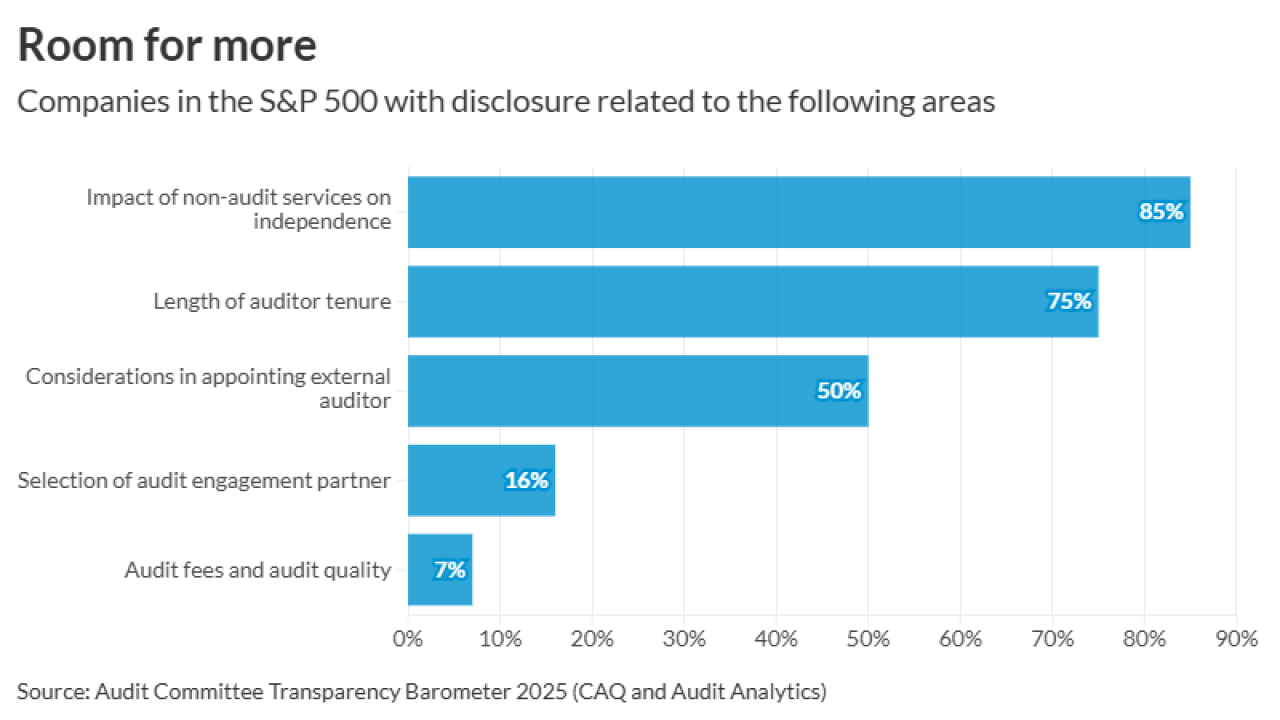Ransomware attacks have risen dramatically in just over a year, which has led to the vast majority of IT decision-makers reporting they've made at least one payment in the same timeframe.
These were among the findings of cybersecurity solutions company
Further, people are actually paying these ransoms more often. ExtraHop said 91% of organizations paid at least one ransom last year, and 75% of respondents said they paid more than half the time. The number of organizations never having paid a ransom has significantly decreased — in the 2022 survey results, 28% of respondents never paid the ransom, compared to 17% in 2023 and 9% in 2024.

"We suspect more organizations are paying ransoms because they can't afford not to pay. This could be due to a variety of factors. For one, they may lack the business and operational resilience to weather a ransomware attack. So they pay the ransom out of desperation or necessity, believing that paying the ransom provides them with the quickest path back to restored business operations. And when people's health or lives are at stake, some organizations have no choice but to pay," said the report, though it noted that paying the ransom doesn't guarantee an organization will get its data back, and that other research shows that organizations that have fallen victim to a ransomware attack are six times more likely to be targeted again over the next three months.
The most common payment amount, taking up 41.6% of ransoms, was somewhere between $500,000 and $1 million.
This is part of the overall trend of growing cybercrime costs. A February study from
Putting things in
Costs like this include ransomware, yes, but other kinds of cybercrime as well, like identity theft, which tends to be driven by data breaches. These, too, are on the rise according to cybersecurity solutions provider
Regardless, numbers like these indicate that cybercrime is, unfortunately, a booming business.
"Some still believe a typical hacker is just a guy wearing a hoodie in a dark room. But that isn't true anymore. Cybercrime has evolved into a professionalized global enterprise with skilled hackers, nation-state backed groups, and organized cybercrime rings working in tandem," said Carlos Salas, a cybersecurity expert at virtual private network provider NordLayer.





